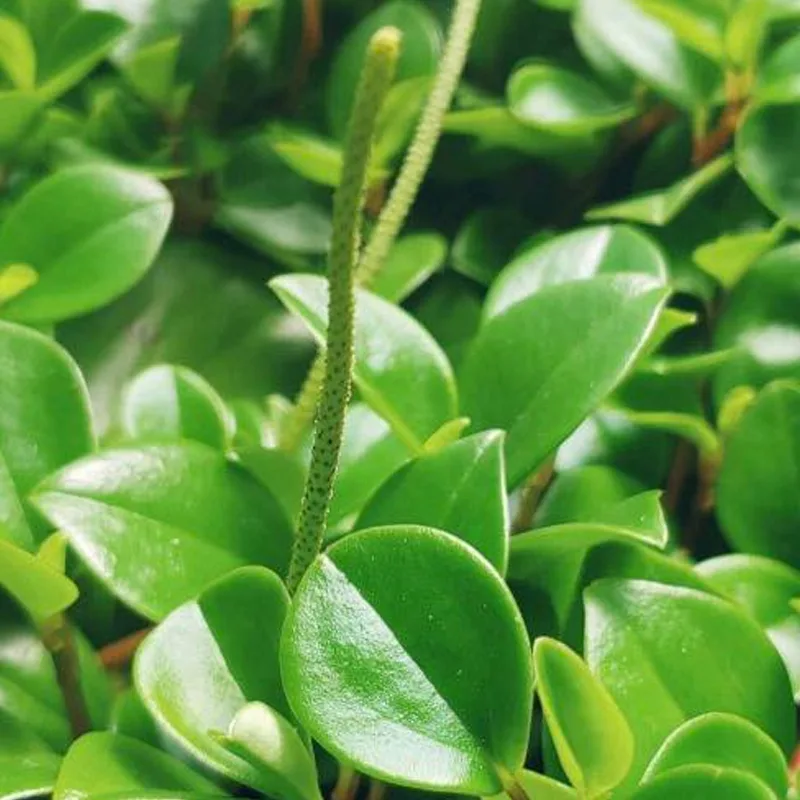The Timeless Appeal of Crataegus Punctata: A Gardener’s Reflection

As someone who has spent years immersed in the rhythms of gardening, I’ve come to appreciate the nuances of plants that might seem understated at first glance. One such plant is Crataegus punctata, commonly known as the dotted hawthorn. This tree has carved out a special place in my heart and my garden. Its charm lies in its ability to blend resilience with a soft-spoken elegance that quietly commands attention through the seasons.
267 Species in Genus Crataegus
A Native Gem
Crataegus punctata is native to North America, which gives it a natural adaptability to various climates across the continent. As a gardener, I value native plants for their lower maintenance requirements and ecological benefits. The dotted hawthorn thrives in regions where winters bite and summers blaze, which makes it a reliable choice for my garden’s ever-changing conditions.
I’ve always found its adaptability to be one of its most endearing traits. Whether it’s the loamy soils of open woodlands or the compacted earth of urban settings, this tree holds its ground. I’ve planted mine near the edge of a meadow-like area, and it thrives there with minimal intervention, its roots delving deep into the earth.
Aesthetic and Seasonal Beauty
One of the first things I noticed about Crataegus punctata was its distinctive bark. As it matures, the bark develops a silvery-gray hue with an intricate network of fissures, almost like the lines on a weathered face. It tells a story of endurance, a reminder of how beauty often lies in imperfection.
Come spring, the tree dresses itself in a profusion of small, white blossoms. These flowers are modest but elegant, and they offer a subtle, sweet fragrance that attracts pollinators like bees and butterflies. Watching these pollinators flit around is one of my favorite springtime garden rituals.
In the fall, Crataegus punctata truly shines. Its leaves turn shades of gold and red, a fiery display that rivals even the showiest maples in my garden. But it’s the berries—or pomes—that steal the show. These small, red-orange fruits are dotted with speckles, hence the name “dotted hawthorn.” They linger well into winter, providing visual interest when most other plants retreat into dormancy.
Ecological Importance
Beyond aesthetics, Crataegus punctata holds immense ecological value. Its flowers support pollinators, while its berries provide food for birds and small mammals. I’ve often seen robins and cedar waxwings feast on the fruits in late autumn, their chirps filling the crisp air.
I like to think of this tree as a bridge between ornamental gardening and wildlife conservation. By planting it, I’ve not only enhanced the beauty of my space but also contributed to the local ecosystem—a small but meaningful act of reciprocity with nature.
Care and Cultivation
One of the reasons I cherish Crataegus punctata is its forgiving nature. It’s not a demanding tree. It tolerates drought once established and isn’t overly picky about soil types. I water it sparingly, focusing more on ensuring good drainage to prevent root rot.
Pruning is minimal, mainly to shape the canopy or remove dead wood. However, it’s essential to monitor for common hawthorn diseases like cedar-hawthorn rust. I’ve had occasional bouts with rust, but keeping the tree well-ventilated by spacing it away from densely planted shrubs has helped.
A Personal Connection
For me, gardening is about more than aesthetics—it’s about creating a sense of connection. Crataegus punctata resonates deeply with this ethos. Its unassuming presence reminds me to appreciate the quiet strength in life’s overlooked moments.
As I watch it change through the seasons, I’m reminded of the passage of time and the importance of adaptability. This tree doesn’t demand attention; instead, it earns admiration through resilience and understated beauty.
FAQs
Why is the Crataegus Punctata Missouri’s state flower?
I think it’s because the hawthorn flower represents the natural beauty and resilience of Missouri’s landscapes.
What are the facts of the Crataegus Punctata?
It’s a small tree with white blossoms, red or yellow fruit, and dotted leaves—hence the name “punctata,” meaning spotted.
How to pronounce Crataegus punctata?
I’d say it as krah-TEE-gus punk-TAH-tah.
Conclusion
Crataegus punctata may not be the loudest voice in the plant world, but it has a timeless appeal that resonates with those willing to pause and look closely. In my garden, it stands as a testament to the beauty of balance—between wild and cultivated, delicate and hardy, practical and poetic.
If you’re seeking a tree that embodies these qualities, I wholeheartedly recommend Crataegus punctata. It’s more than a tree—it’s a companion through the seasons, a quiet anchor in the ever-changing tapestry of a garden.
If i die, water my plants!



